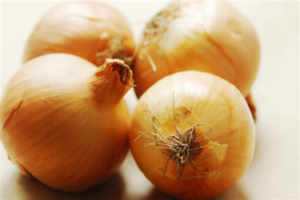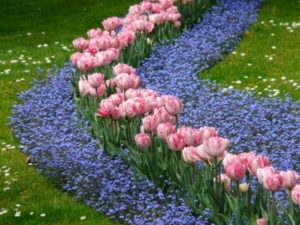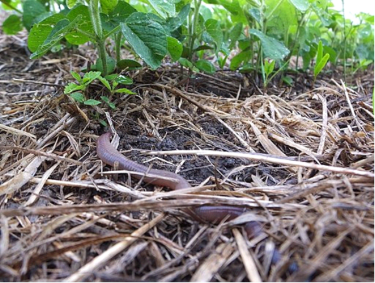
What is No-till Gardening? Lets get into it..
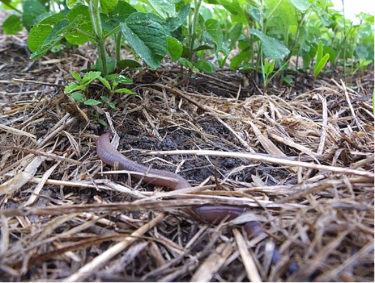
No-till garden
Credits: USDA NRCS South Dakota [Public domain]
They all say that you need to dig and toil to reap any rewards from your garden.
However, have you ever considered that probably, you may not need to turn the soil season after season?
What if I told you that you could still have a healthy and absolutely productive garden without having to lift a shovel?
That’s now what we call “no-till gardening.”
So what really is no-till gardening?
Also known as direct drilling or zero tillage.
No-till gardening is a farming method without disturbing the soil using tillage types of equipment.
This is a gardening method that has been incorporated in the agricultural sector.
With efforts to increase the soil’s water retention capabilities, retention of the organic matter as well as the cycling of all available nutrients.
How to Start No-till Gardening?
There are many ways in which gardeners prefer starting off their no-till garden.
Most of them prefer to start by double-digging the soil in their garden once.
This is a one-time thing that will not be repeated again for years to come.
However, we have others who prefer not to till their garden at all.
Where you as the gardener prefer not till your garden at all.
You should lay down multiple layers of either newspaper or cardboard on your unworked soil.
After the layers of cardboard is put in place, you should then top it up with a layer of either mulch or compost manure.
If you feel like your soil is good enough to skip straight to the no-till gardening, there is no need for the cardboard procedure.
Jump straight to laying your beds and paths immediately.
The paths are important as you should never walk on your garden beds as it may lead to the compaction of your soil.
The worst part is that with no-tillage, you cannot fluff back the soil as the whole point of no-till is to leave the soil undisturbed.
If you prefer using the drip irrigation method, you can install it at this point so that it can help to add moisture to your soil directly.
The mulch should be above your irrigation system as it will prevent the water in your soil from evaporating.
Drip irrigation is always better preferred in no-till gardening as with the better distribution of water, there will be no soil compaction.
Lastly, don’t forget to use a thick layer of mulch on your garden. This should be at least two-foot deep.
The best mulch for the no-till garden is straw.
You should try and avoid using hay as it is likely to drop seeds in your garden.
Besides that, you can use grass clippings, leaves, finished compost, forest duff or even mulched yard waste.
Whichever the method you use to mulch your garden, remember to replace it whenever it gets too thin. This will help to prevent your soil from being too exposed.
No-till Gardening Pros
No-till gardening comes with a lot of benefits that we are going to mention in this section.
It helps to conserve water
The thick layer of mulch used in a no-till type of gardening helps water to pass through to the soil hassle-free while still providing shade to the soil. That being the case, there is not much water that is lost to evaporation. This, in turn, ensures that your plants get a moist growing environment that promotes proper growth of your roots.
It promotes good drainage and aeration
To have a healthy soil structure, you must utilize the worms alongside other soil life. They help to provide aeration and good drainage through their tunnels. At the same time, their excretions come in handy in helping to bind the soil together.
The fact that no-till gardening provides an undisturbed environment, there is also a lower chance of pest and diseases. That is because this calm environment helps to nurture a well-balanced soil population. It also allows the growth of beneficial fungi (mycorrhiza) in the soil.
It eliminates the need to weed your garden
The only reason why we have so many weeds in most garden soils is that there are weed seeds in the soil that would rather have stayed dormant if not exposed to light through tilling.
That said, when you embrace the no-till gardening, these seeds tend to remain dormant indefinitely.
Although you will still get a few weeds that have probably been dispersed by birds or weeds, these tend to be way easier to remove. Especially if you try pulling them out very early in the morning or shortly after watering your plants.
It helps to retain the soil carbon
The topsoil of any garden contains decaying organic matter and carbon-enriched humus that helps in the provision of the nutrients to the soil. When the soil is low in humus, it lacks the capacity to maintain all the carbon-related nutrients. That play a key role in the healthy production of crops.
More to that, it makes the soil demand fertilizers. When you till the soil, it speeds up the organic matter breaks down in the soil hence releasing the nutrients too quickly. When you have a slow and steady release of nutrients in the soil with no-tillage, your plants are likely to benefit more.
⦁ It helps to save on both your time and energy
When you use the no-till gardening method, you will save a lot of time and energy that you use with the tillage methods. There is no denying, you will still need to put in a little effort with the gathering of materials that will be used as mulch, but you definitely do not need to till or turn the garden. All you need to do is apply the mulch when it’s the growing season.
It helps in the building of the earthworm population
Mulch used in no-till gardening creates a moist environment beneath that harbors earthworms. These soil organisms help to aerate the soil and at the same time stimulate the growth of roots.
No-till Gardening Cons
1, It is really hard to start off if your garden is too compacted
2. You need to designate pathways as you are not supposed to traipse the garden beds
3. The soil improvement process tends to be very slow
4. You need too much mulch to make it work
5. If you live in a wet climate, there will be an invasion of slugs in your garden beds
How to Transition to No-till Gardening
Step 1: Let your garden be fertilized by weeds
When not done properly, the no-till gardening transition could be a big hustle.
In most cases, you will find people complaining that they had out of control weeds during the no-tillage which led to them just going back to tiling their gardens.
However, you need to understand that within the first year of no-till, you are still likely to get so many weeds.
The weeds are probably just trying to do the work nature has set them out to do which is fertilizing the soil.
This means that, whether your garden is healthy or not, you will still get some weeds.
But, if there is an overabundance of weeds in your garden, it just means that your soil is probably lacking in some nutrition compositions.
Therefore, if you can take it; to transition to no-till you should be able to let go of the garden for at least one year.
Through this method, you will be giving nature the chance to do its part of the work without requiring much effort from your side.
Probably you should check on the garden at least once in a week then chop and leave the weeds to decompose. This step is very crucial as it prevents the weeds from setting their seeds all over your garden.
Step 2: Let the herbs now fertilize your garden
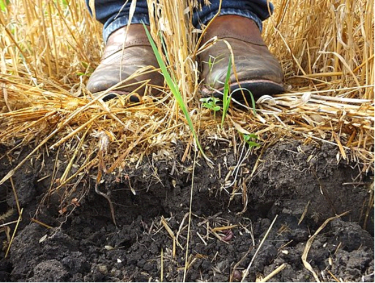
Cover crops
Credits: USDA NRCS South Dakota [Public domain]
After you have managed to eliminate the weeds in your garden, now mulch your garden heavily with various types of herbs.
They will help to fertilize your soil as well. One of the major ones that you should consider is comfrey.
If you feel a little disturbed by leaving your land untendered for this long, you can grow cover crops.
That too could work as a great alternative to mulching and weeding your garden.
You should leave the mulch, cover crops or herbs to fertilize the soil before you perform a nutrient test on your soil.
At this point, you will identify which nutrients your soil might still be lacking in; if at all there are any.
The soil organisms absorb all these soil amendments then later make them available to your plants.
This means that if you have more soil organisms, the faster the rate of absorption will be and you will not need to purchase any more amendments.
The two above steps are very crucial as they are what helps to balance out things in the years to come when your garden doesn’t need tillage.
No-till Gardening Clay Soil
Most of us don’t have much of a choice on the garden soil we get.
If you live in a location that has much of the clay soil, no-till is one of the best ways of improving it.
When starting off the process of getting your clay soil in shape, applying lots of organic matter should be your first step.
This will help to improve the quality of your soil.
Its water holding capacity, its nutrient retention and the plant growth as well.
When you till your land so much on a yearly basis, so much of the organic matter in the soil is lost.
That being the case, you should consider the no-tillage gardening method if you are dealing with clay soil.
Decomposition happens at a slower rate when you do not till your garden.
This allows enough time for your crops to absorb the nutrients. Hence, making no-till gardening the best option when you have clay soil that you are trying to amend.


